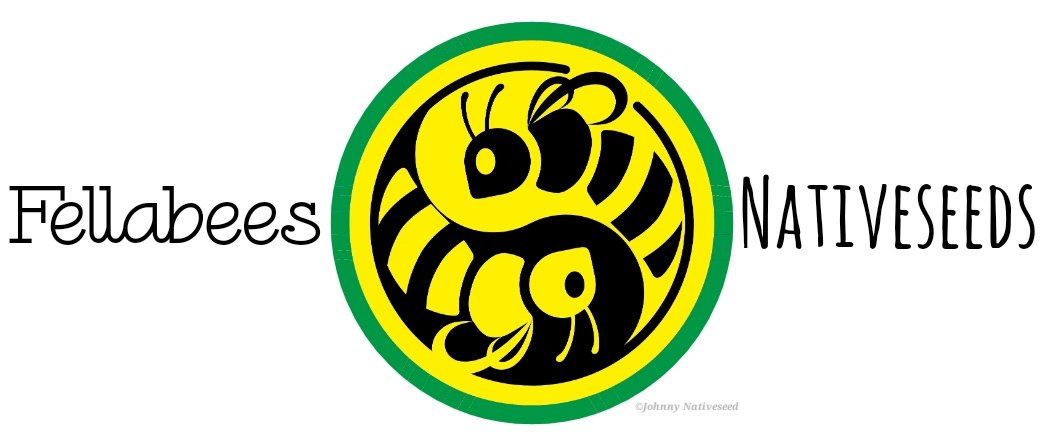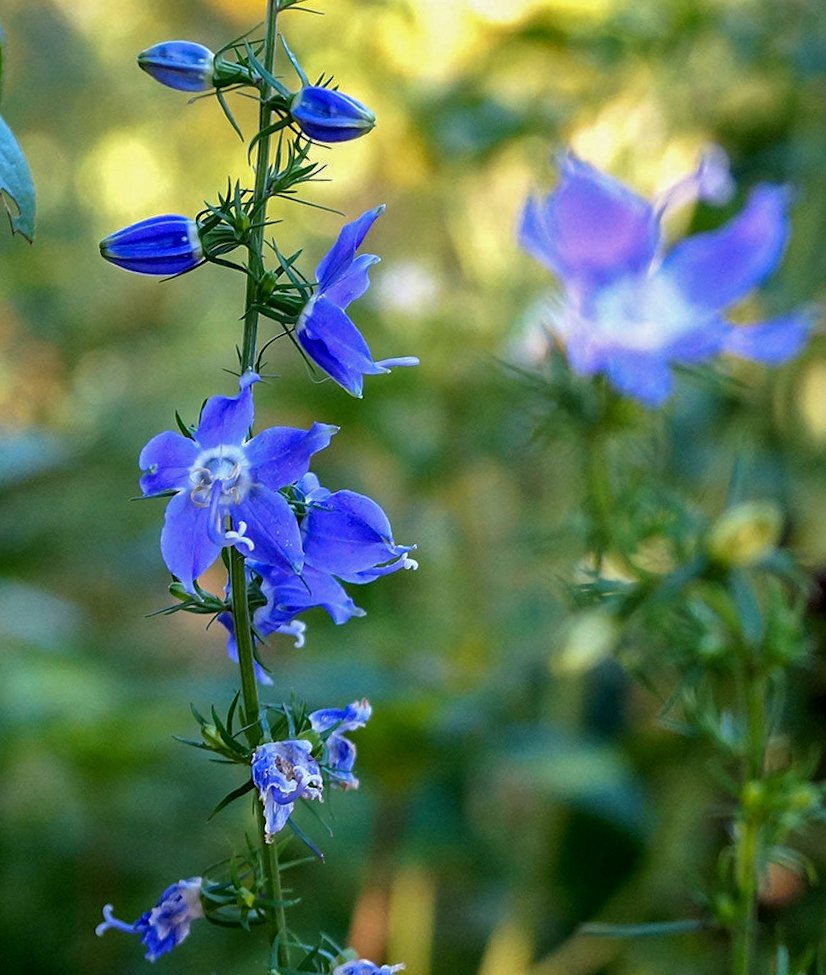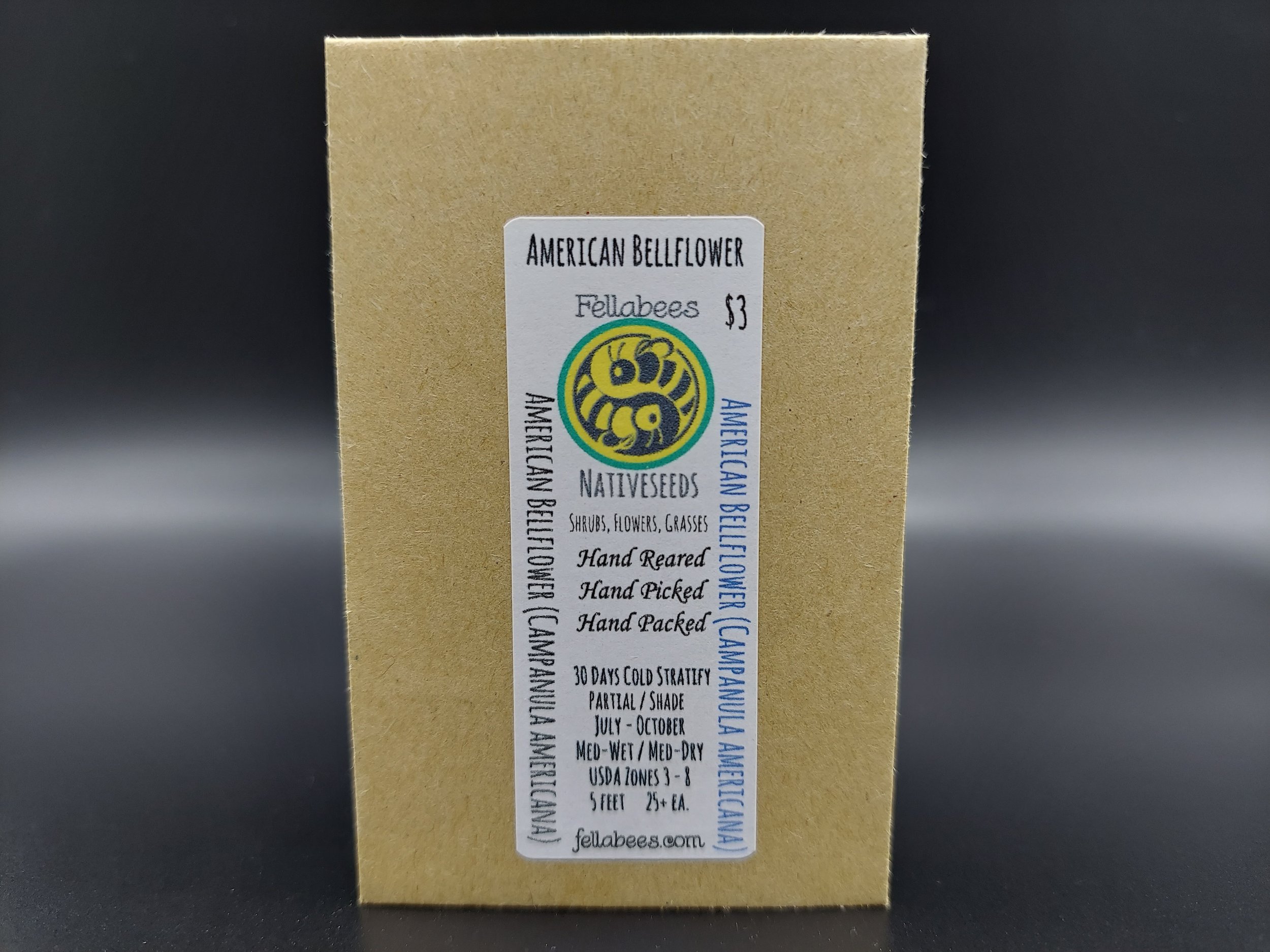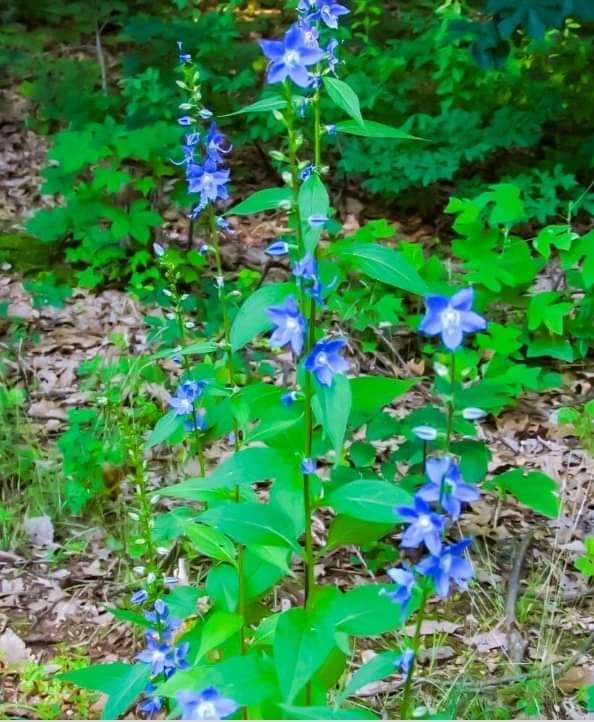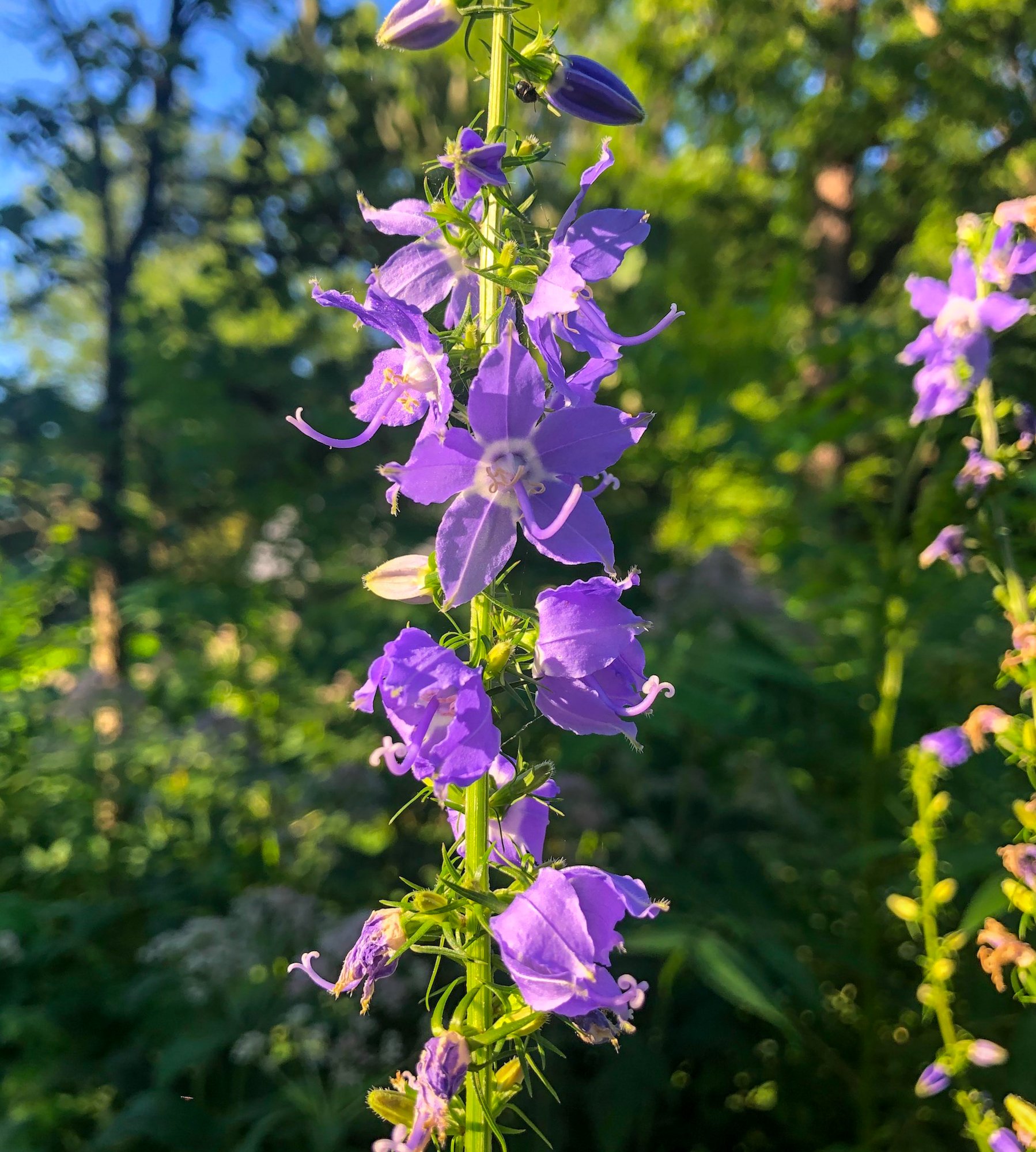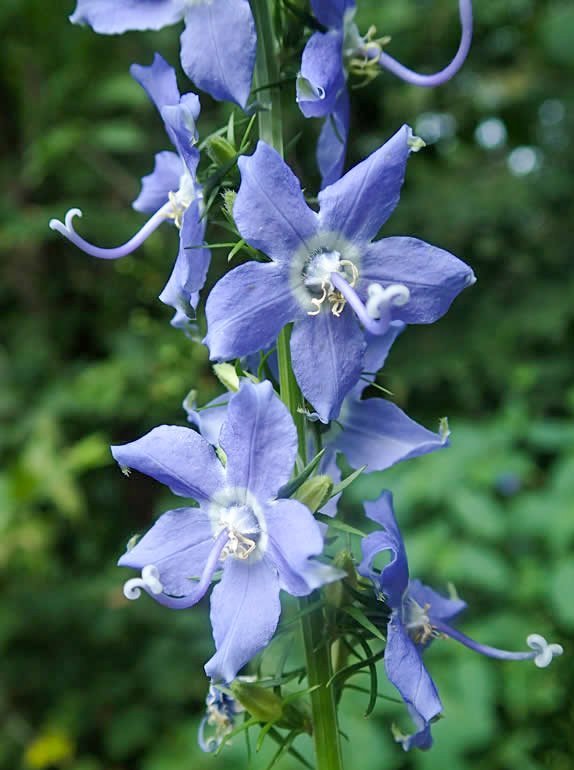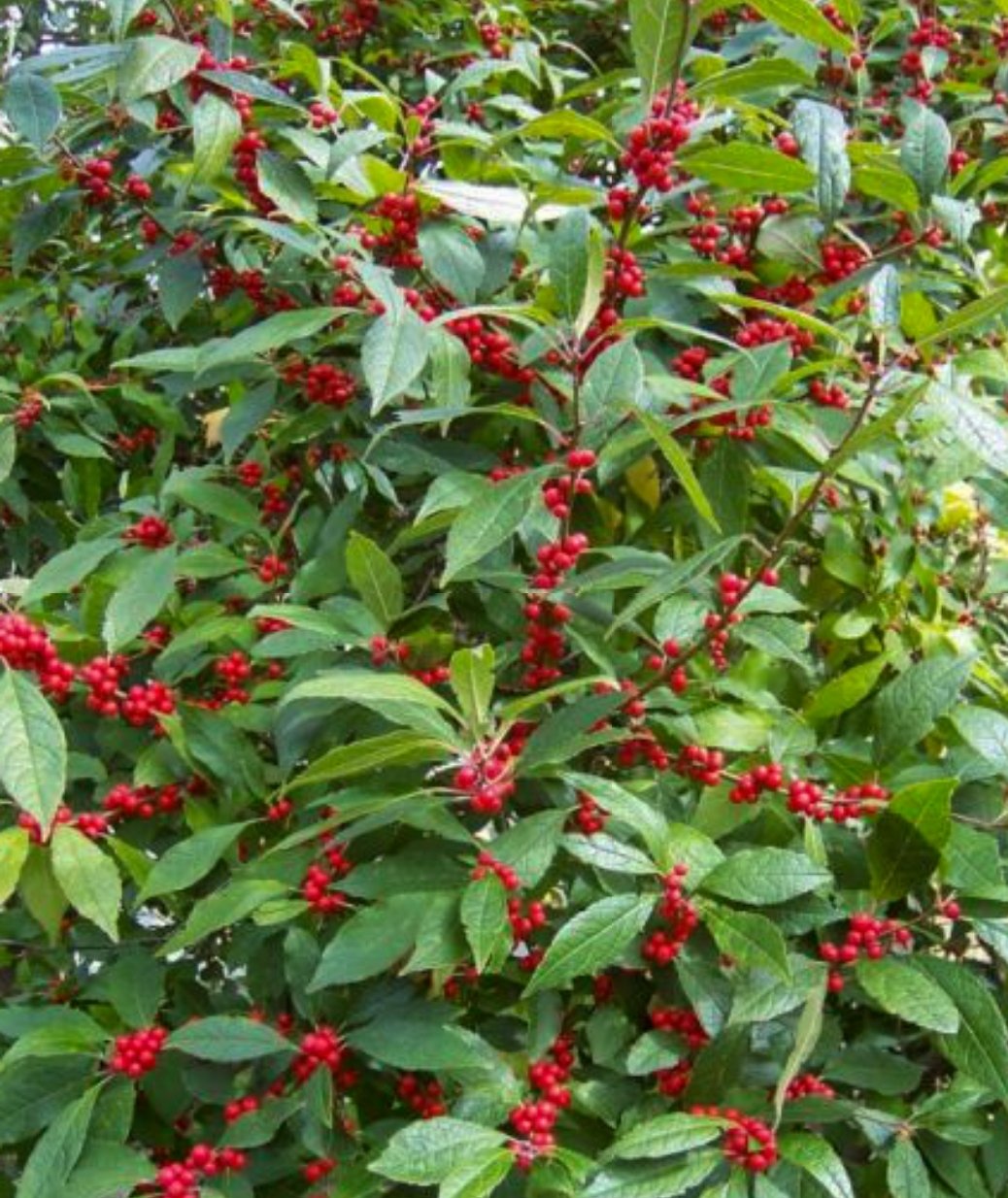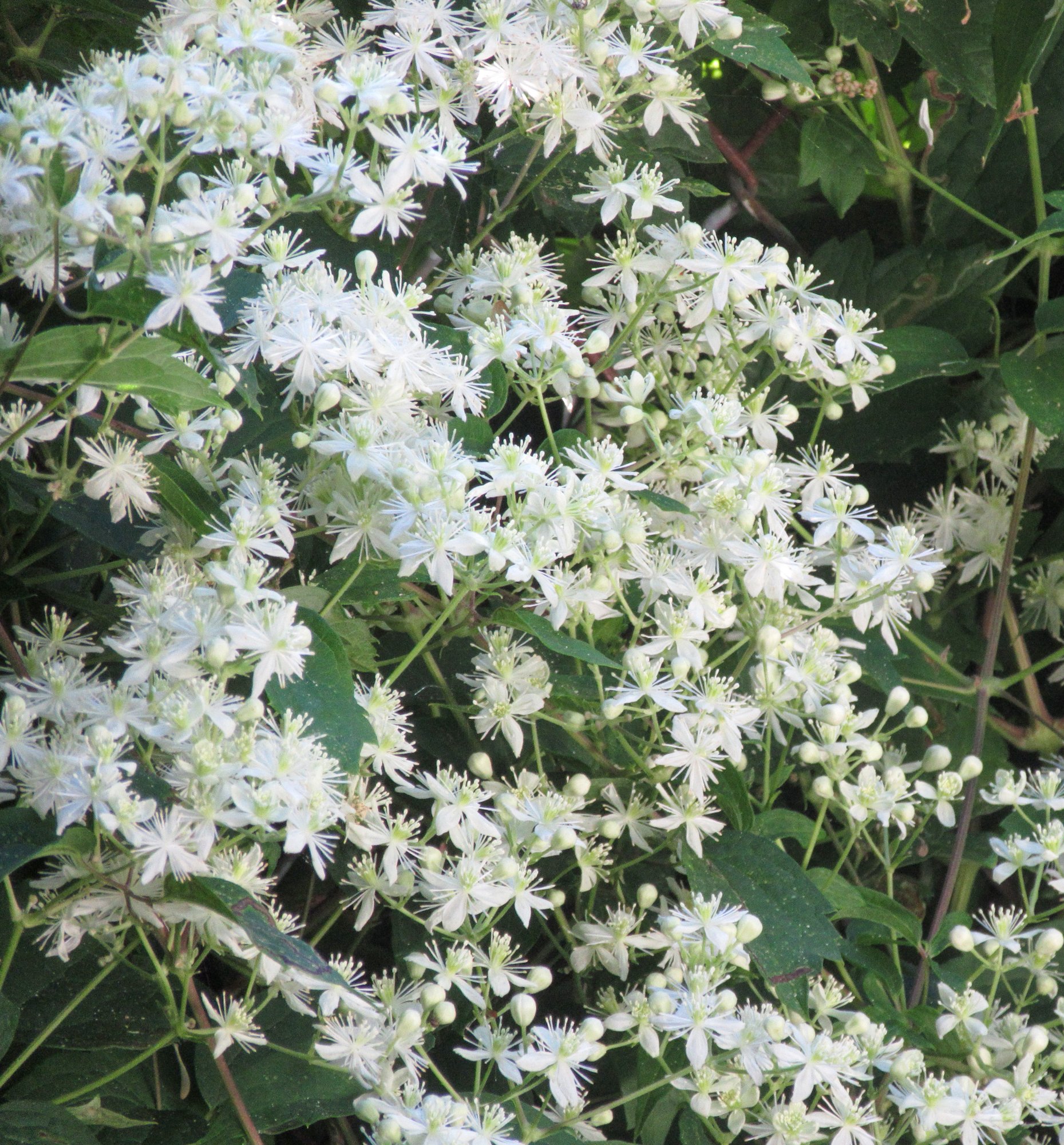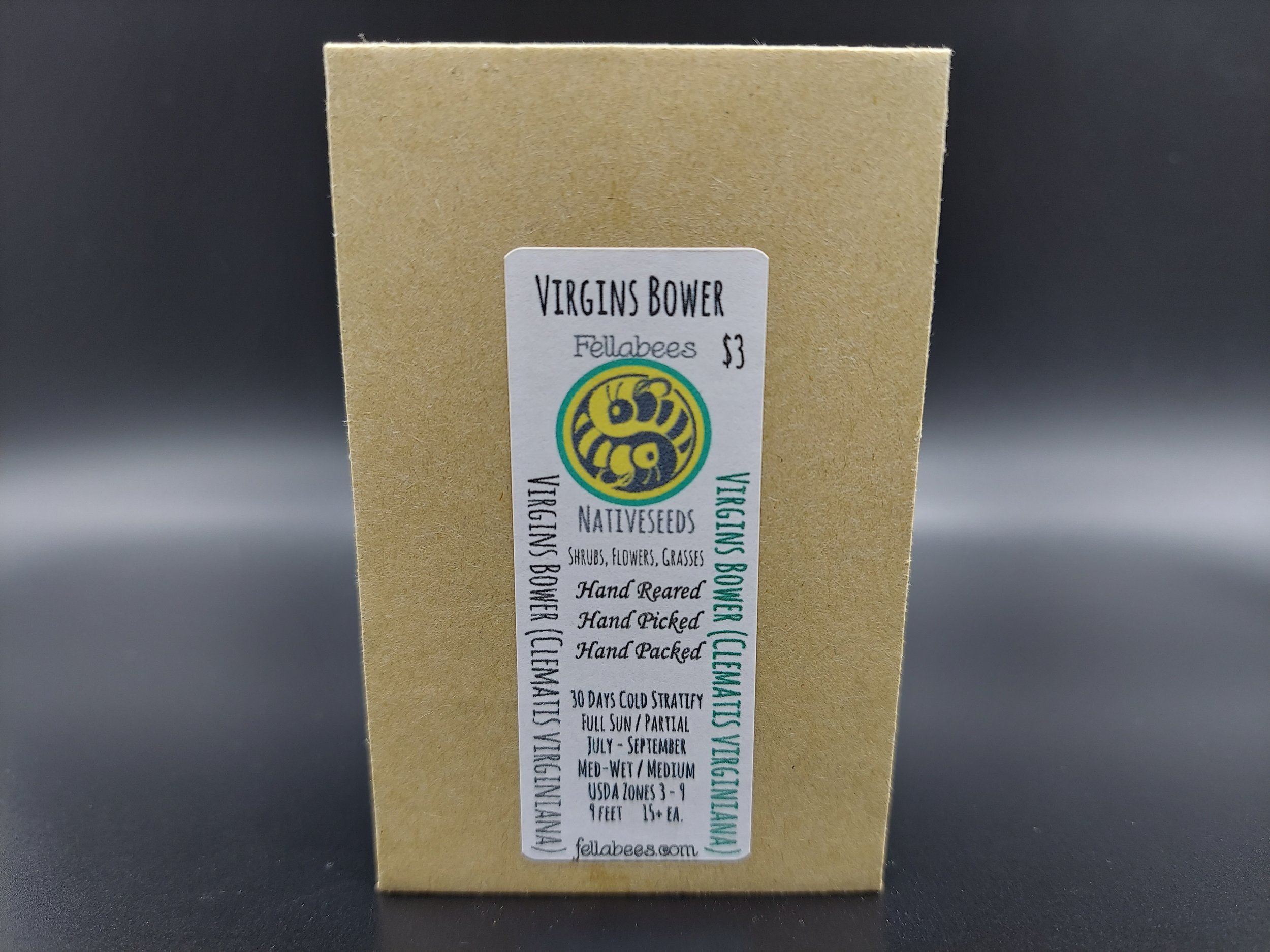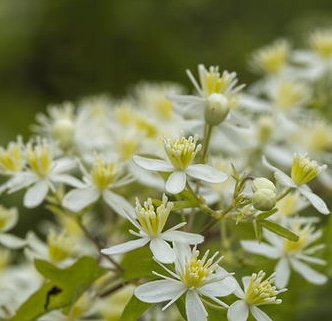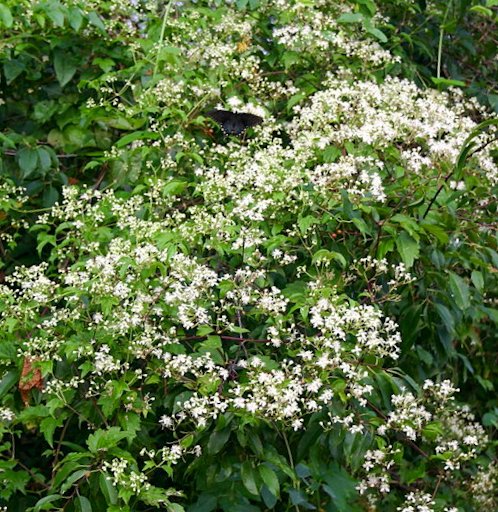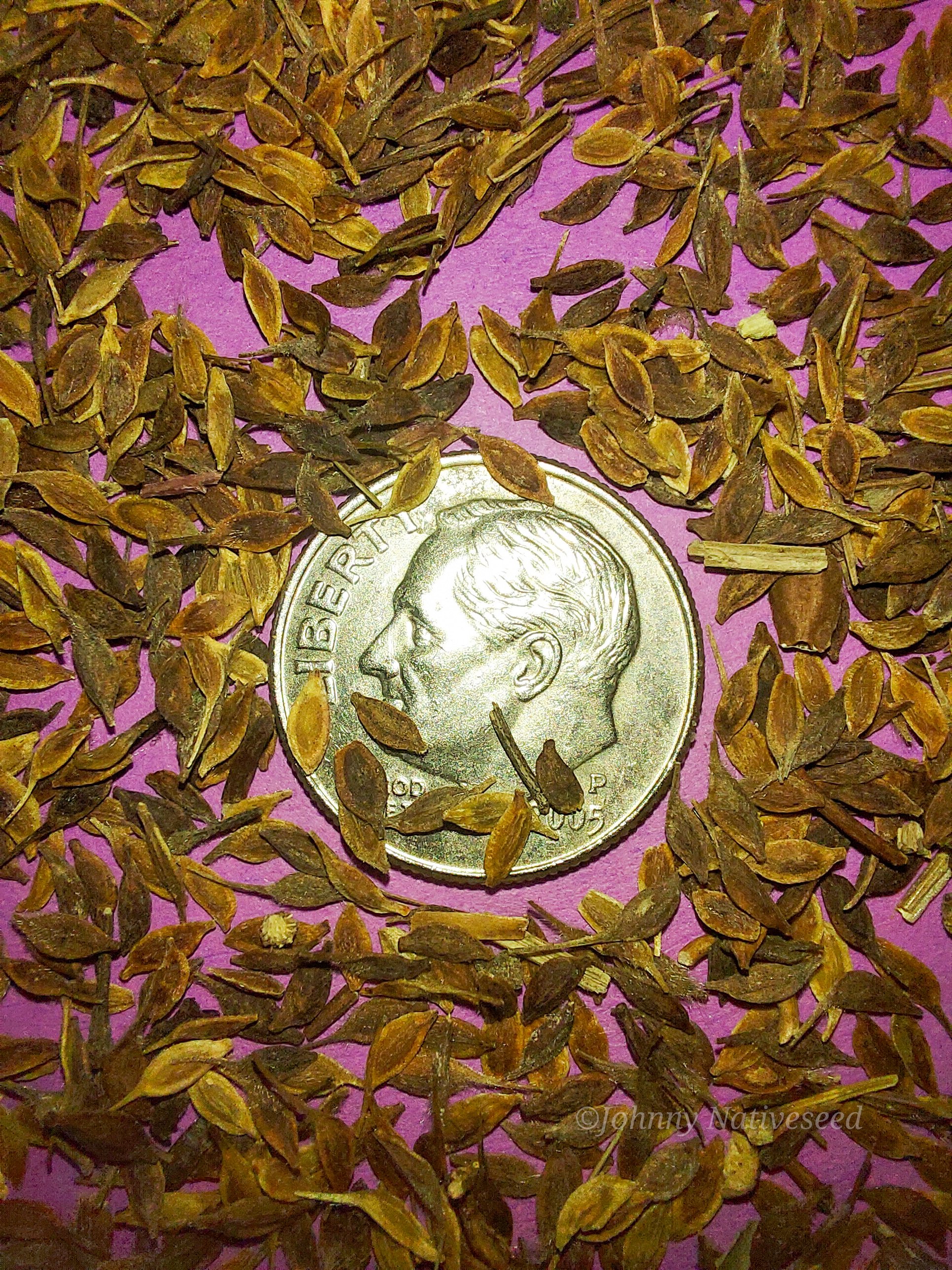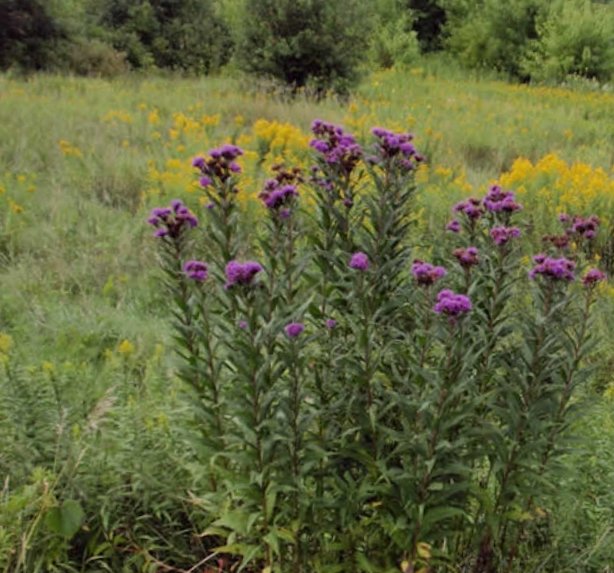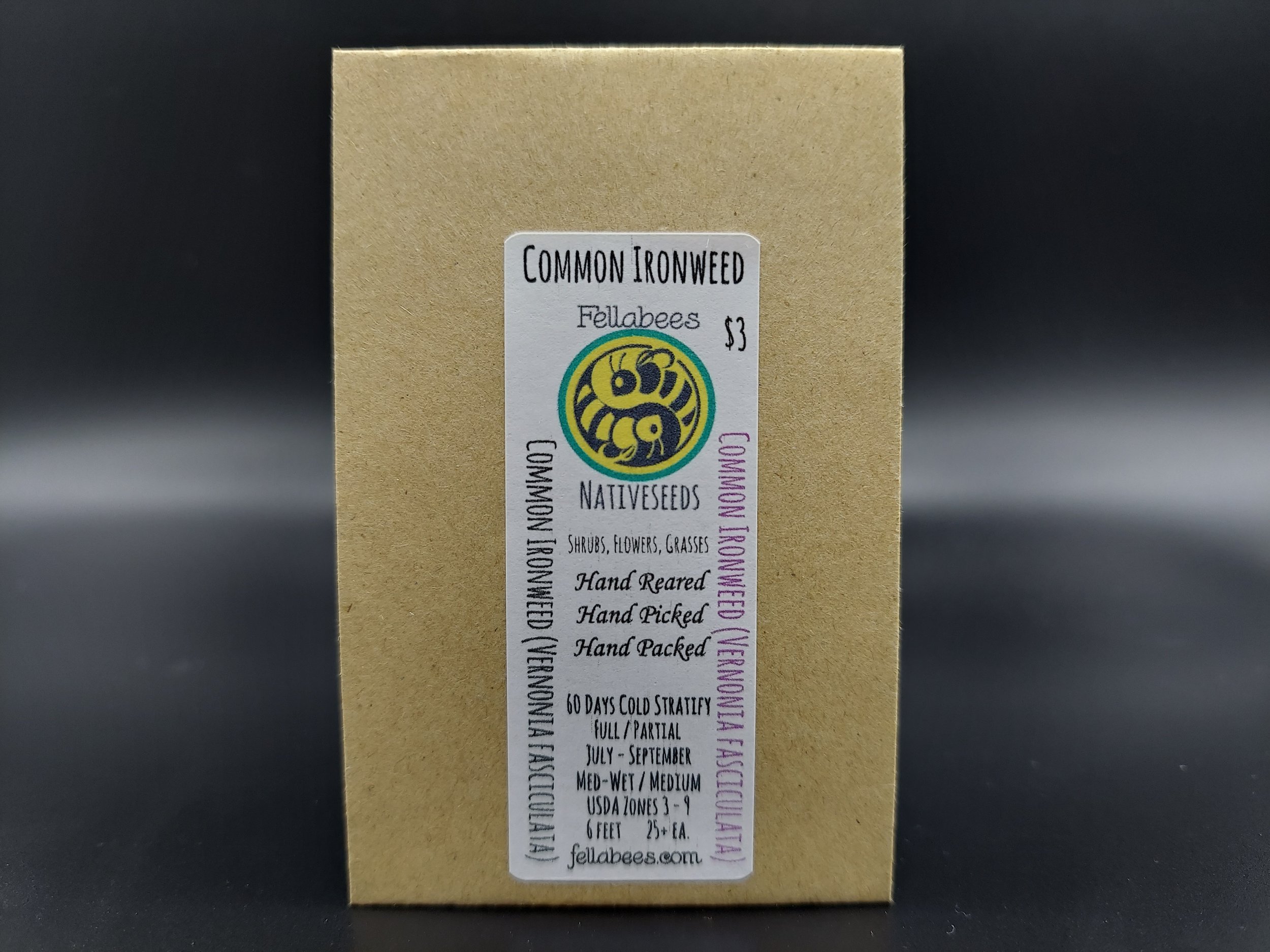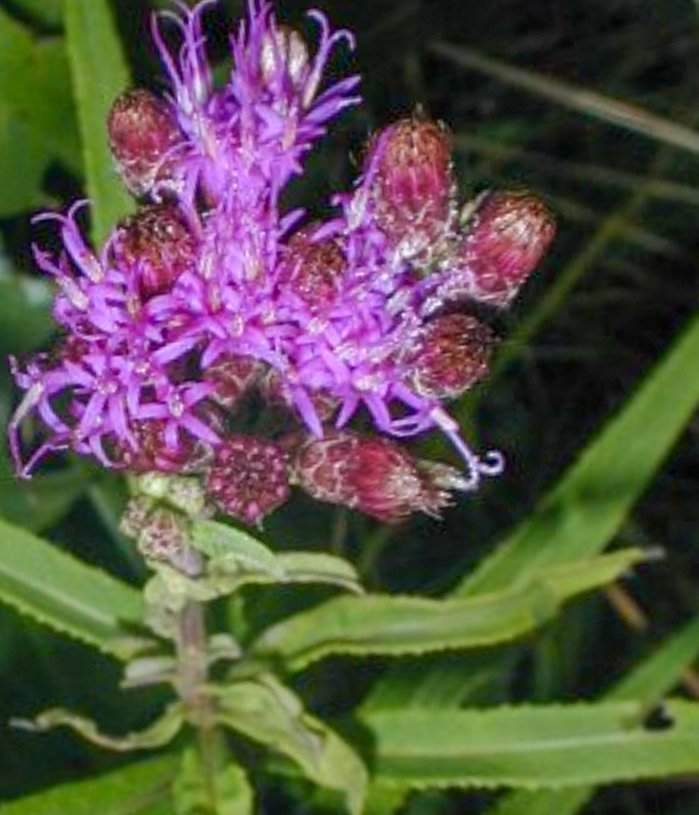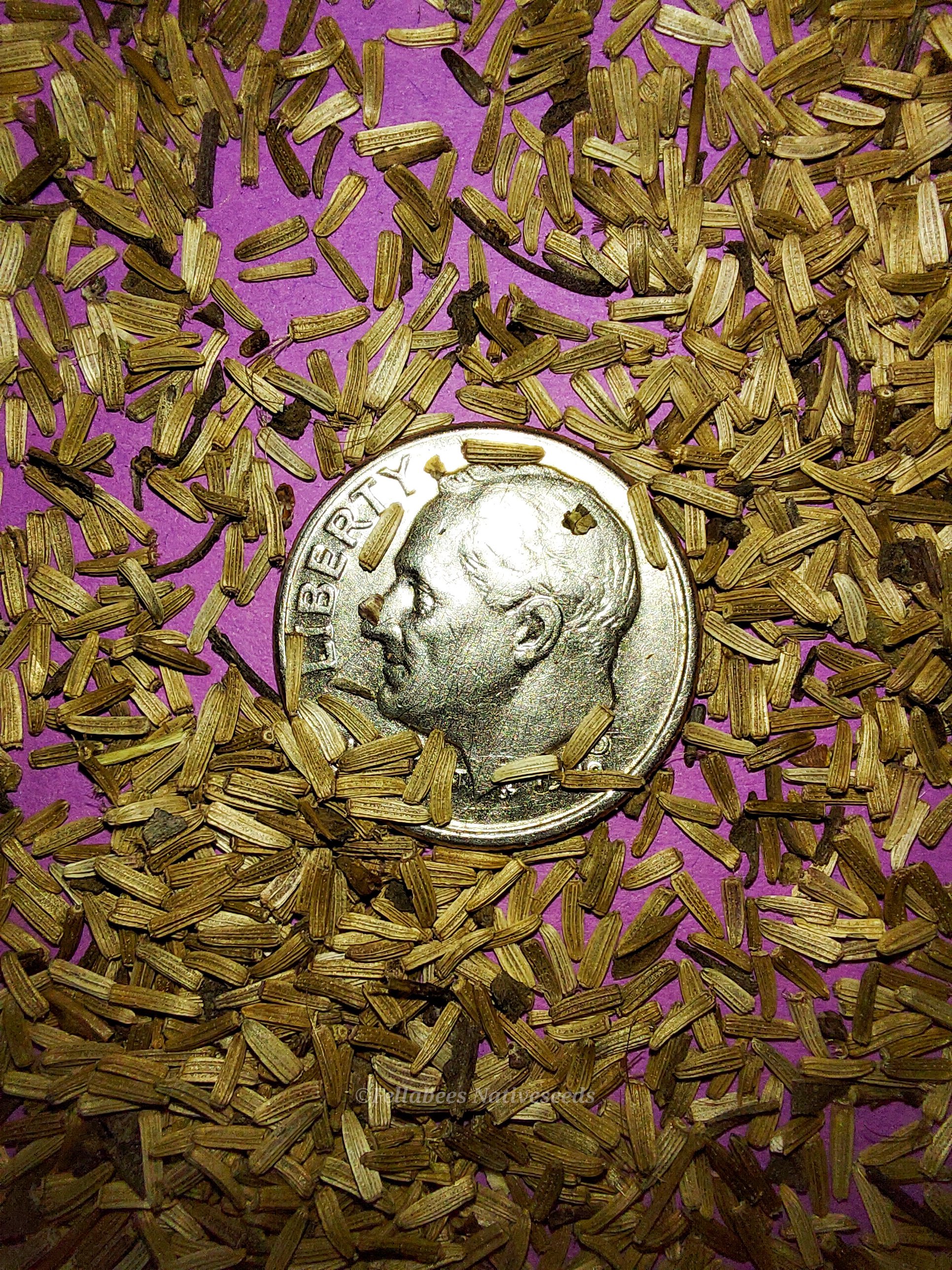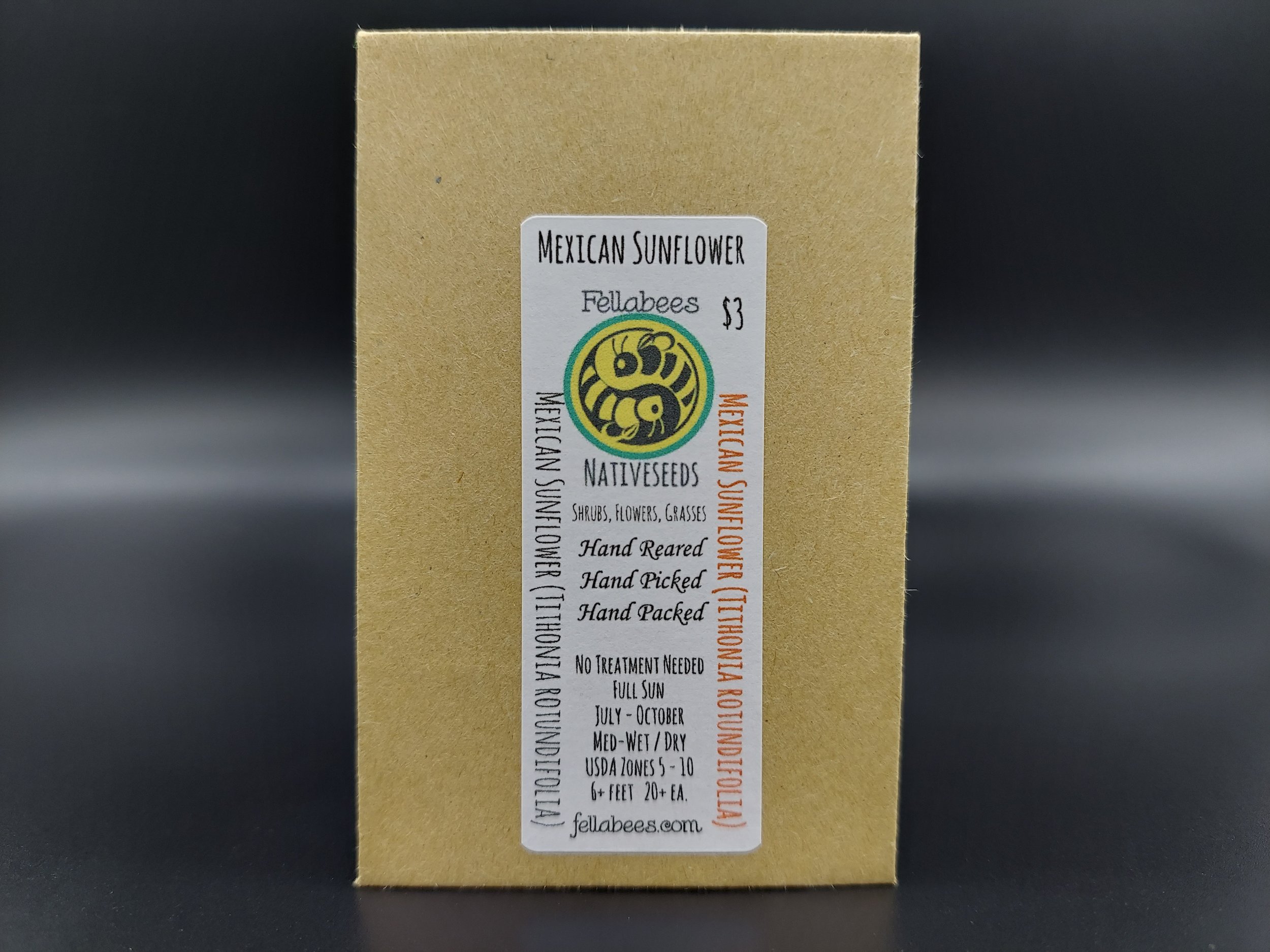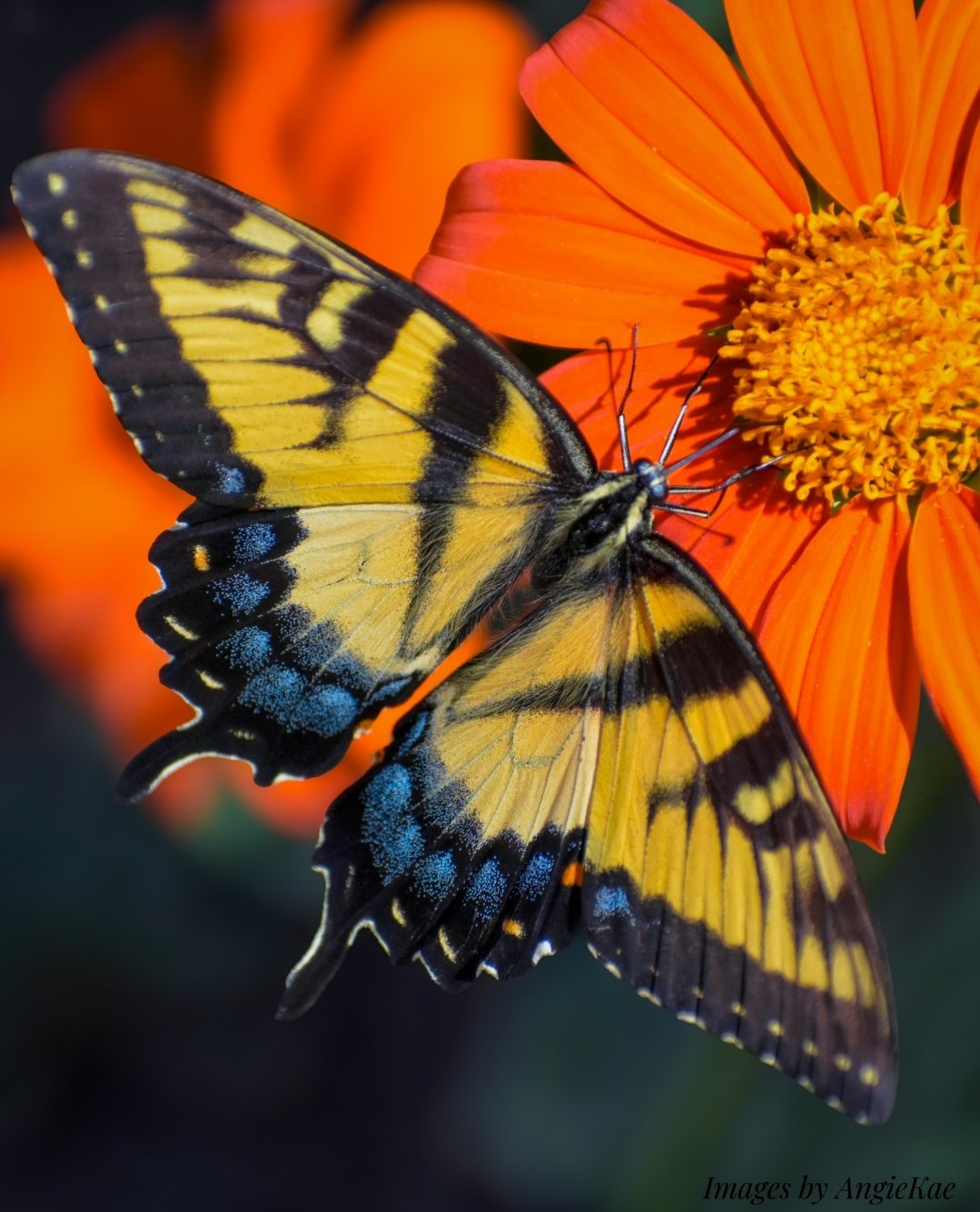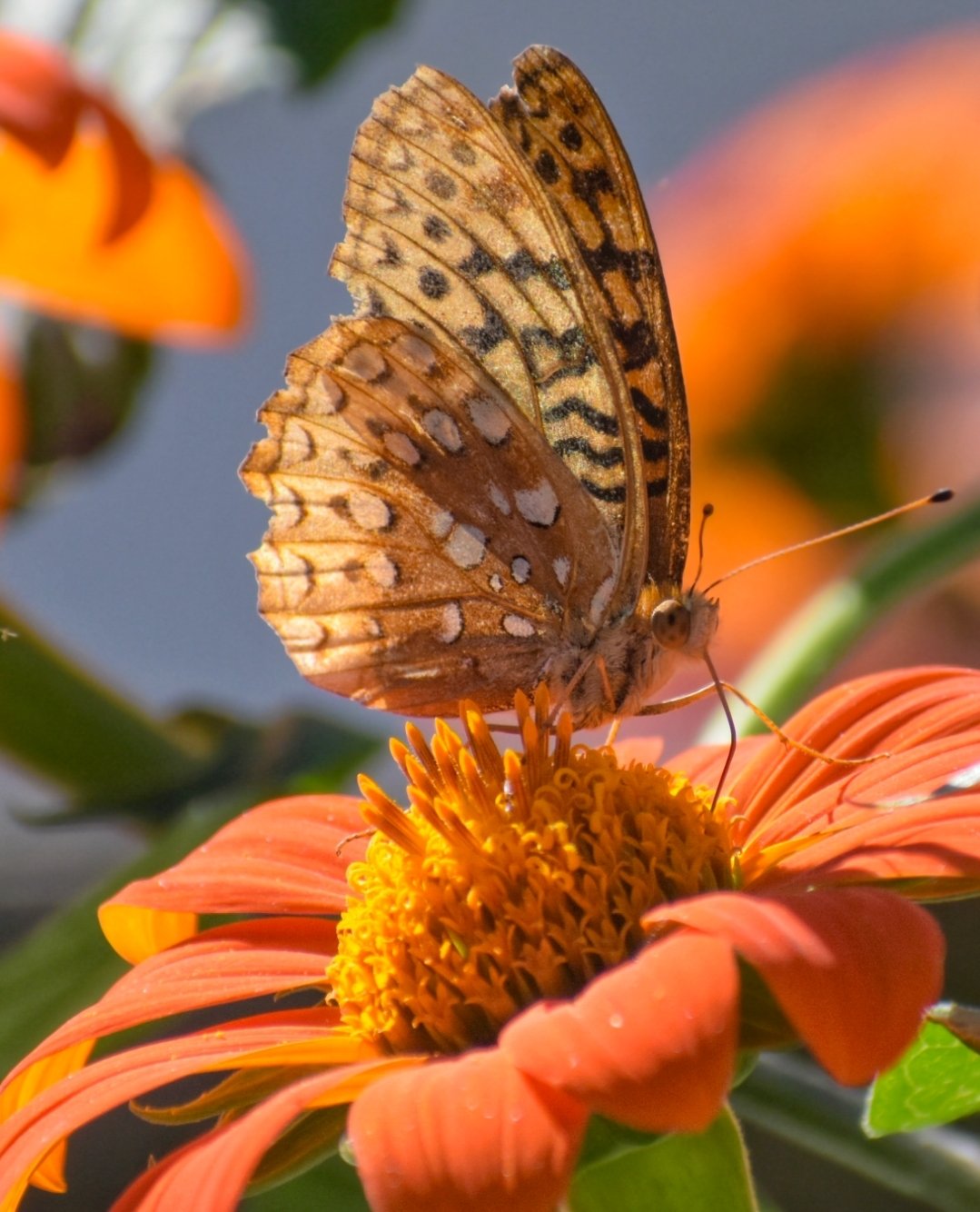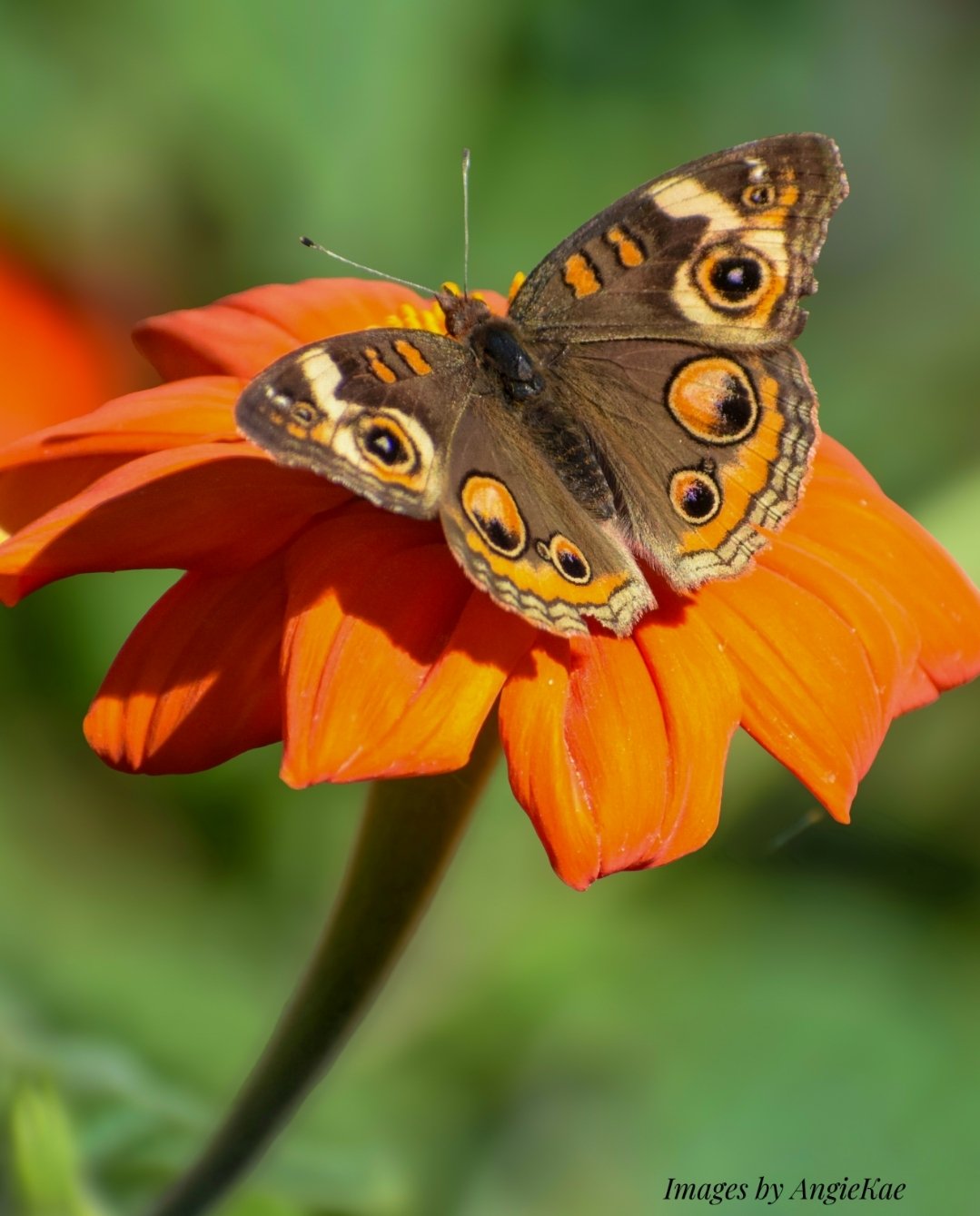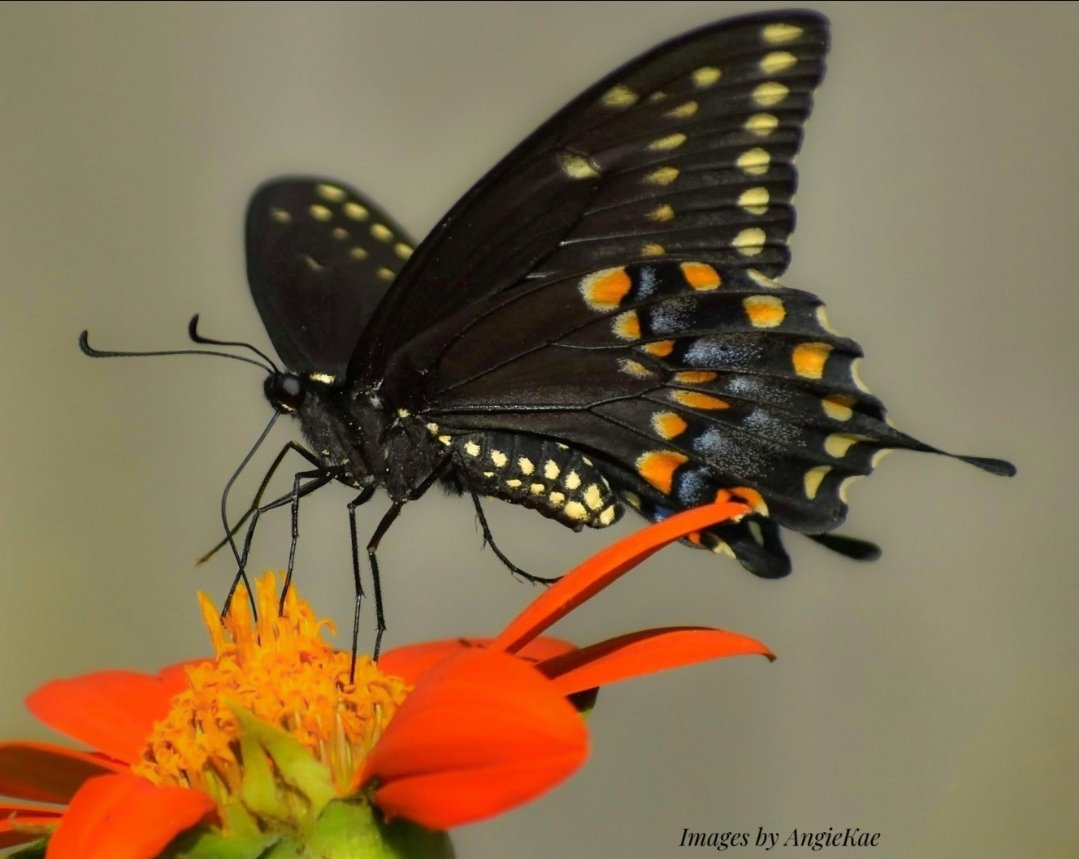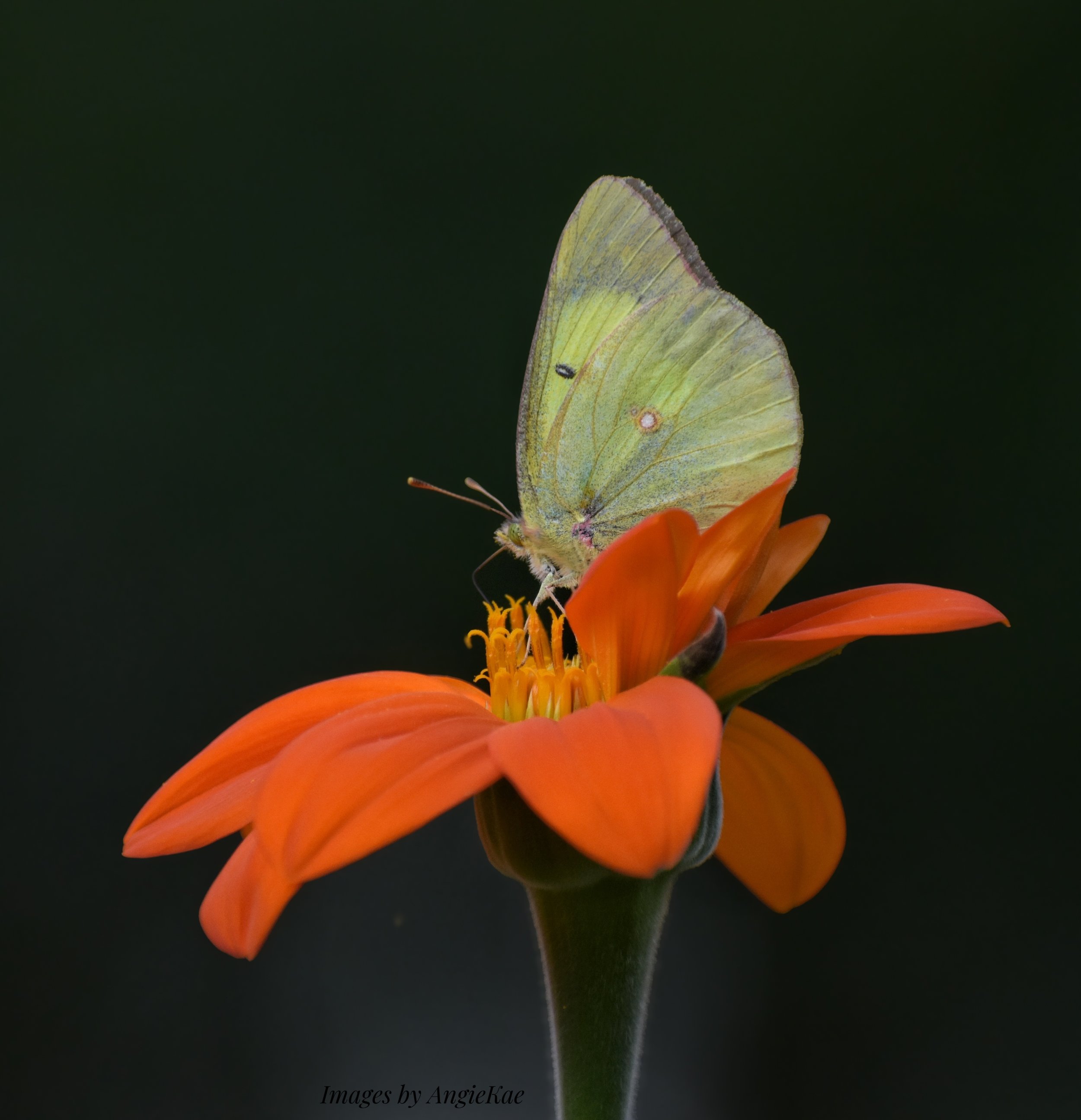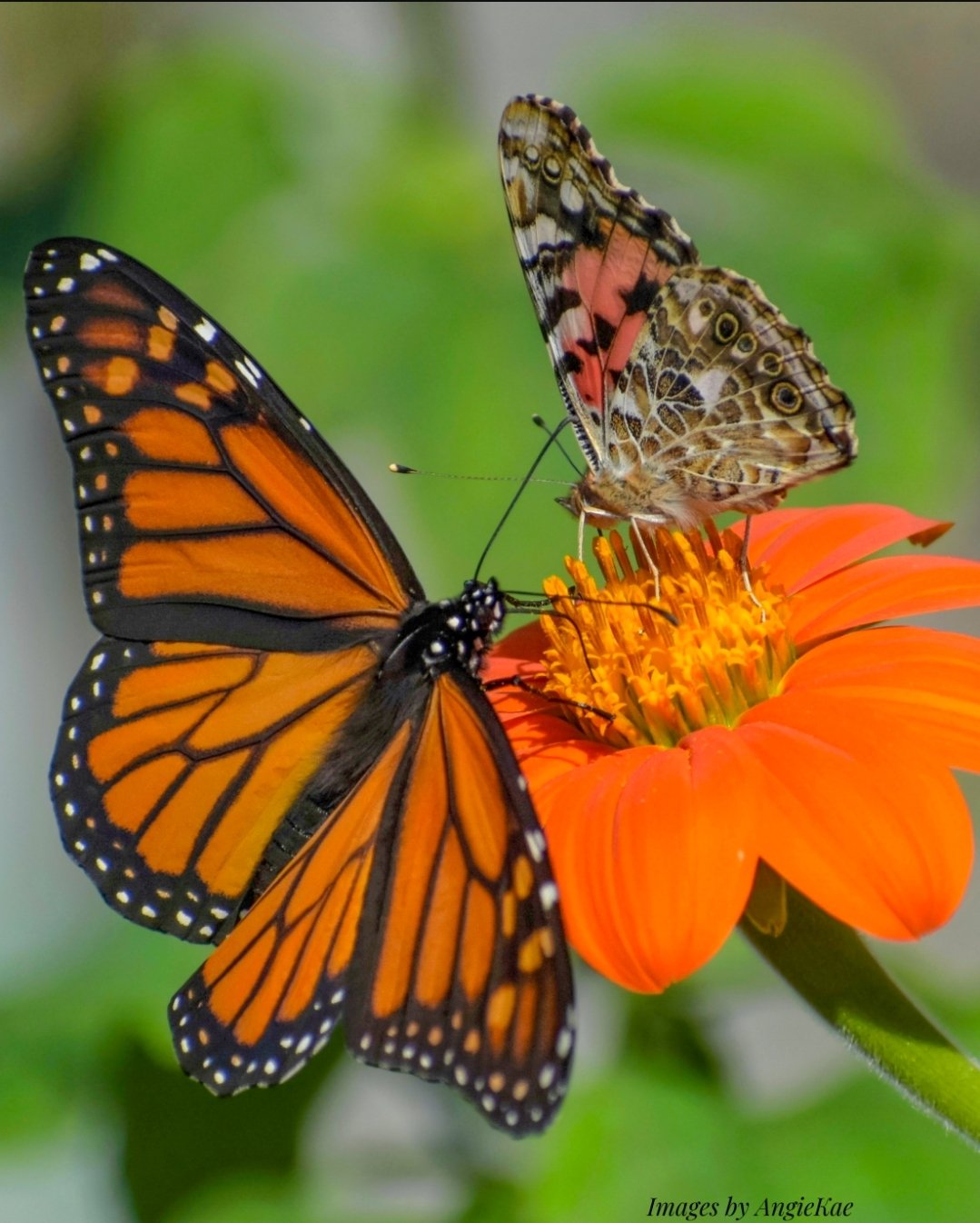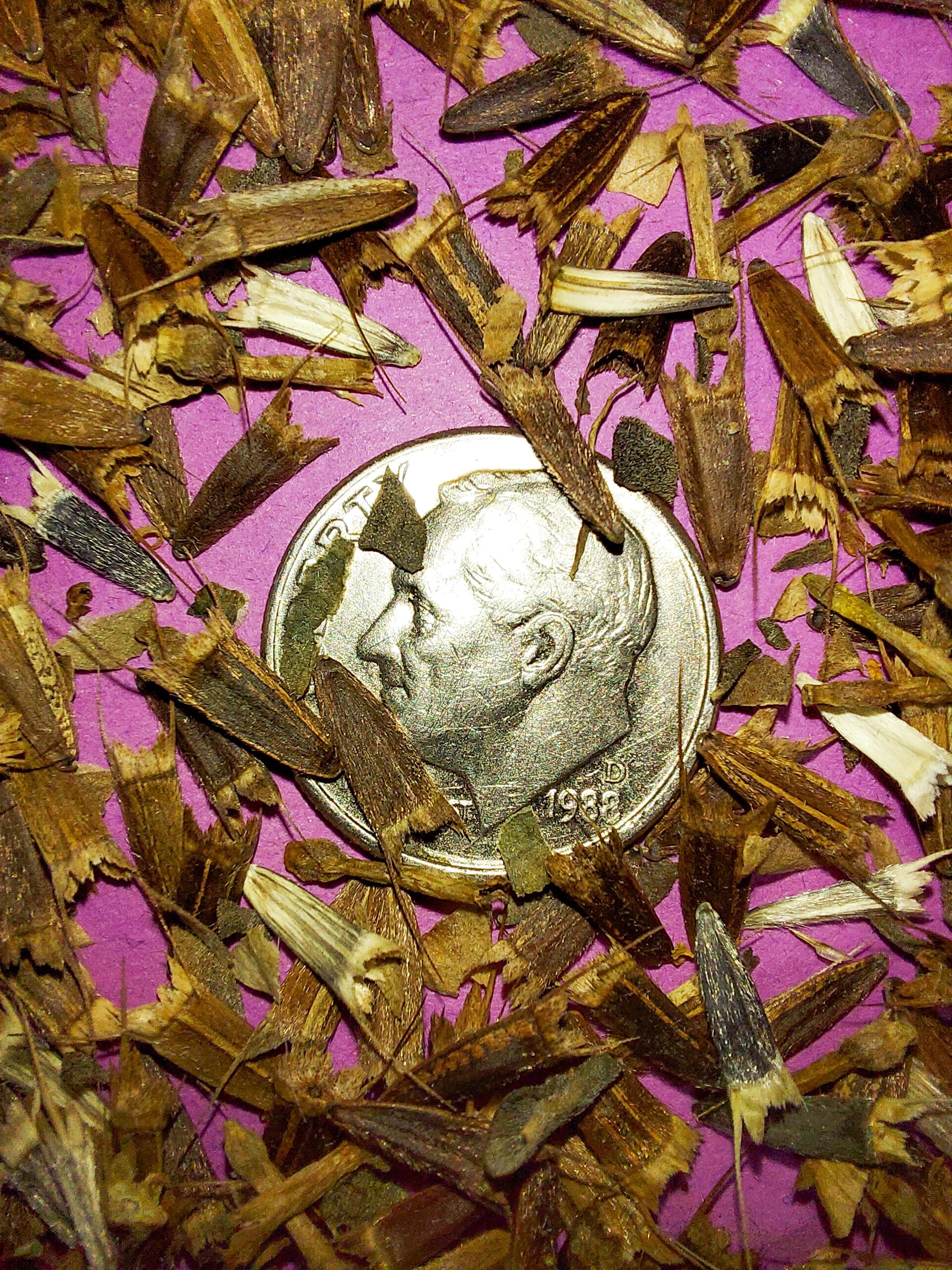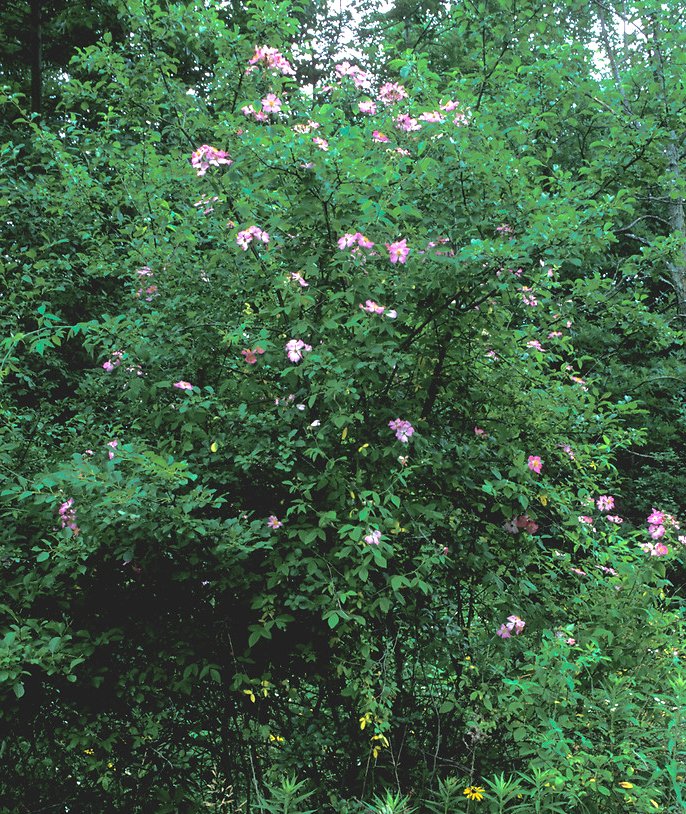 Image 1 of 7
Image 1 of 7

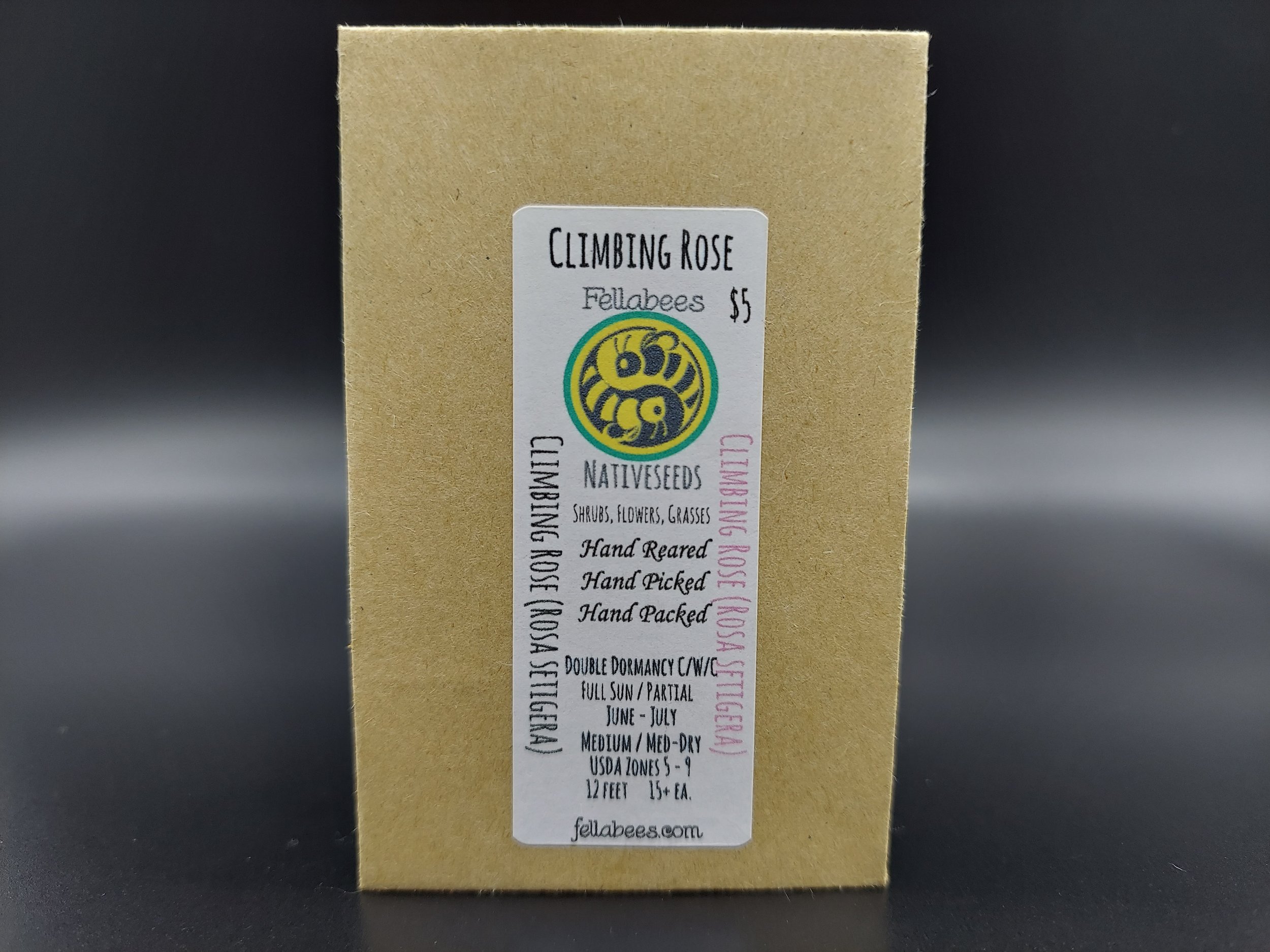 Image 2 of 7
Image 2 of 7

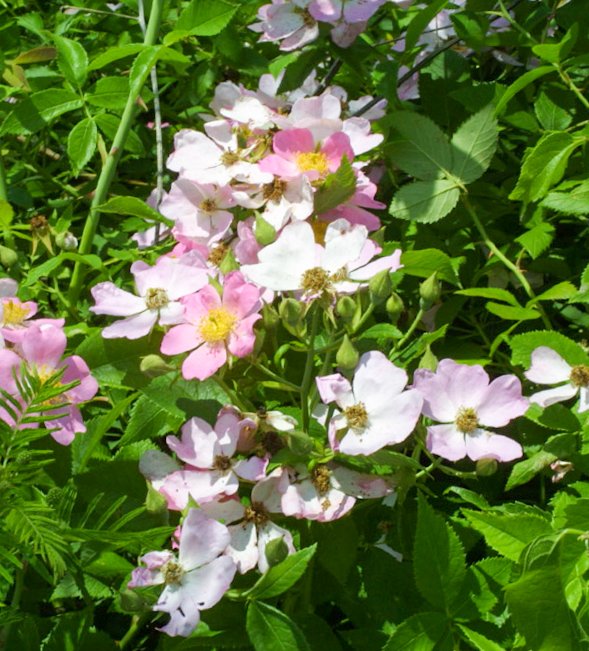 Image 3 of 7
Image 3 of 7

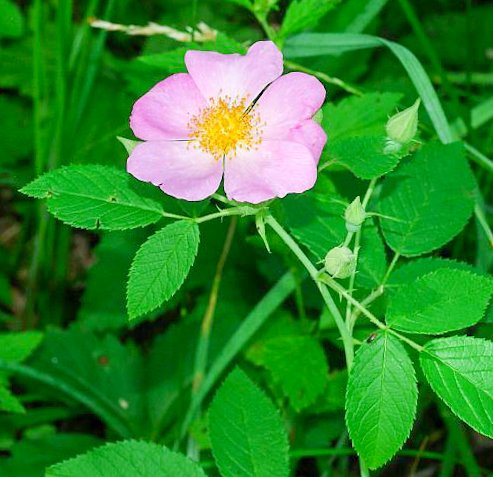 Image 4 of 7
Image 4 of 7

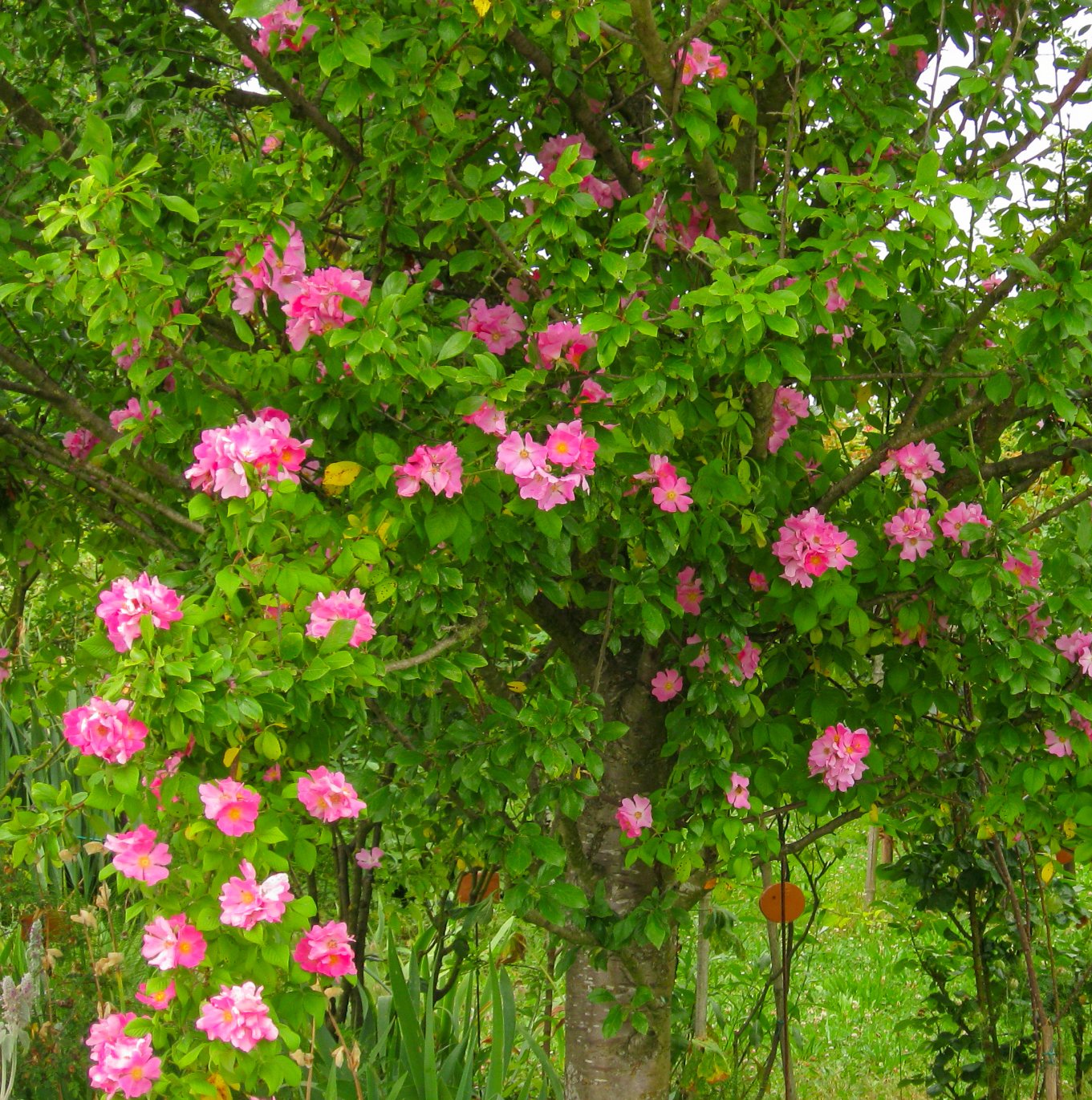 Image 5 of 7
Image 5 of 7

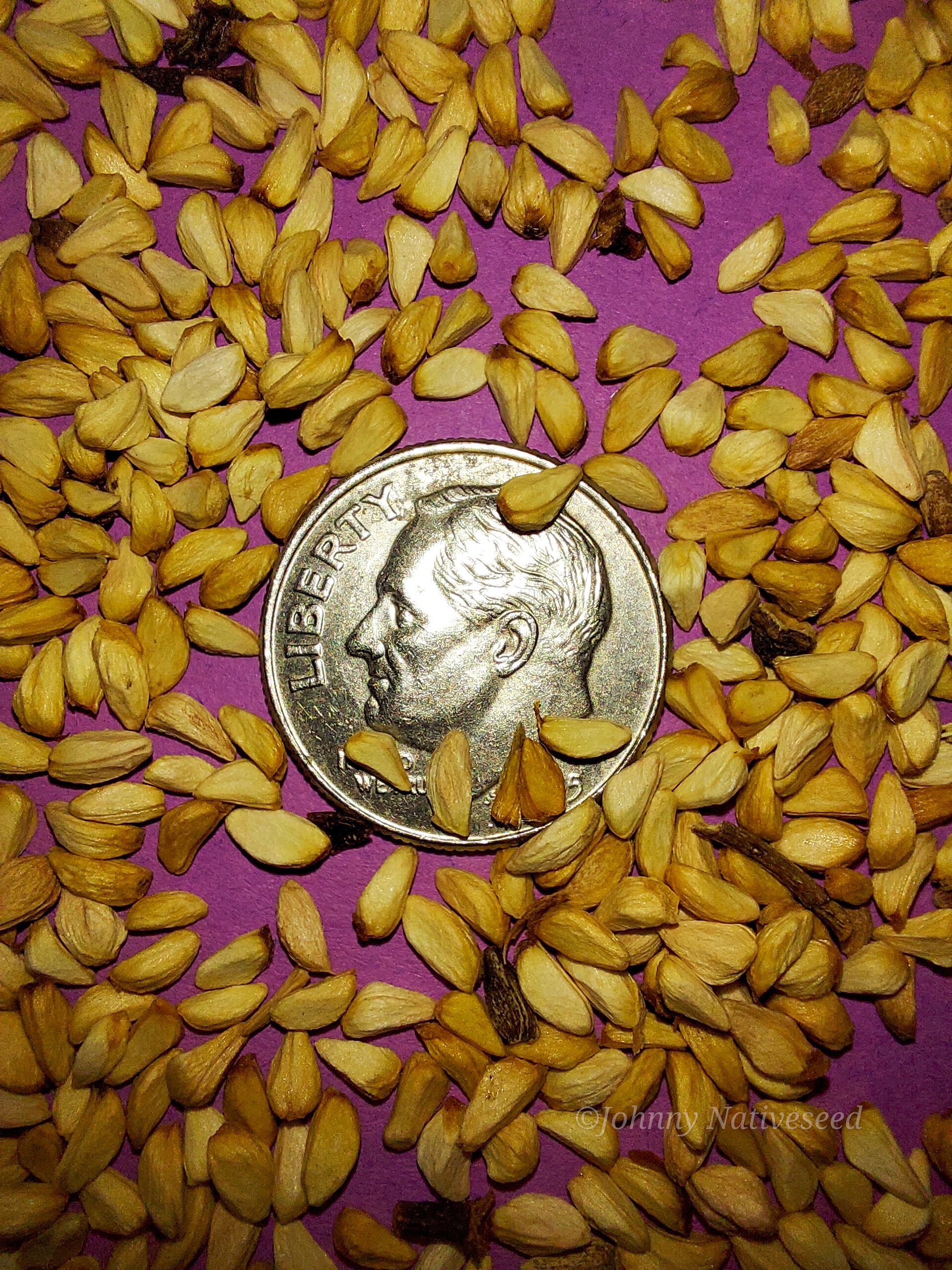 Image 6 of 7
Image 6 of 7

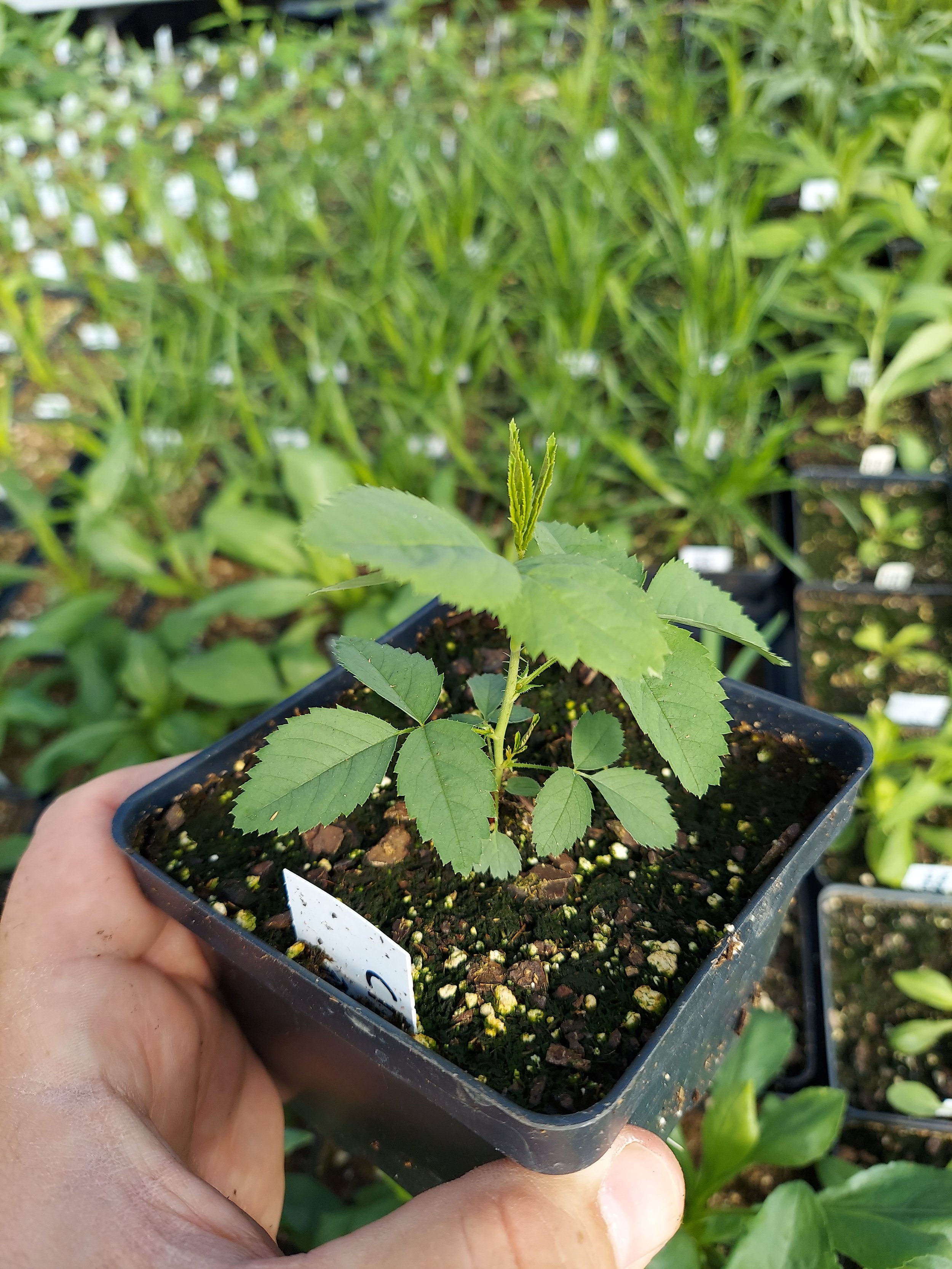 Image 7 of 7
Image 7 of 7








Climbing Rose (Rosa setigera)
Climbing Rose (Rosa setigera)
Rosa setigera, more commonly known as the Climbing Rose, Prairie Rose, and Climbing Wild Rose, is a species of vine in the Rosaceae (rose) family native to central and eastern North America.
Climbing Rose has trailing or climbing slender stems that can grow up to 15 ft long. Given various circumstances, the plant can grow either as a vine or can alternately form a sprawling thicket. In open areas, the stems will arch downward after reaching a height of about 3 ft, and where they touch the ground they will root. Which is an excellent opportunity to utilize this olsnt as trained fencing to deter deer and rabbits!
In areas with vegetation or other structures, the stems will tend to climb. The stems are green or brown with a reddish tint and have curved thorns.
The leaves are alternate and compound, with 3 to 5 leaflets on each leaf. Each leaf is 3.1–4.7 inches long, with leaflets that are 1.2–2.0 inches long and 0.6–1.6 in wide. The leaflets are ovate, with serrate or doubly serrate margins.
The fragrant flowers, blooming as early as May through to July, are usually pink, occasionally white, and appear either singly or in groups, or panicles on stalks. Each flower, measuring about 3 inches wide, has large petals and many stamens. The fruit appears later in the summer as bright red rose hips.
Climbing Rose is native in the United States from Texas and Nebraska in the west, Wisconsin in the north, New Hampshire in the east, and Florida in the south. It is also native to Ontario and is listed as a species of special concern because of continual loss of its habitat.
Climbing Rose can be found in areas with average to moist, well-drained soils, including forests and woodlands, roadsides, bluffs, streambanks, old fields, and pastures.
The flowers bloom in the spring through to summer, with rose hips following later in the summer. Many native bees happily pollinate the flowers, and various other insects feed on the plant. Birds and mammals eat and spread the hips.
Climbing Rose is the larval host for several native species of moths, including The Spring Cankerworm (Paleacrita vernata), a native leaf mining larval stage of the scientific name (Stigmella rosaefoliella), and another larval miner by the scientific name (Coptotriche roseticola). These host species are native, and while they may feed on the plant and can defoliate sections of a plant, they are also helping to stimulate the plants growth amd defenses by applying stimuli.
And if we are honest, if nothing is eating your plants, your garden or plantings likely are not beneficial. The above species behave as pollinators as nighttime flying adults, or simply mate to complete their cycle.
This plant is considered present but rare in several counties of the states of Nebraska, Pennsylvania, Virginia, North Carolina, South Carolina, Georgia, Florida, and Mississippi.
Plant Details
USDA Zones: 4-8
Germination Needs: requires Double Dormancy. Seed sown outdoors will germinate in 2 years. Seed needs 60-90 days Cold Moist Period, followed by 60-90 days Warm Moist Period at 80° F, followed by a 2nd 60-90 day Cold Moist Period if artificial Stratification is desired. If artificial stratified, scarify seed first, if direct sown, do not scarify, and plant direct in fall.
Life Cycle: Perennial
Sun Exposure: Full to Partial
Soil Moisture: Medium, Medium-Dry
Plant Spacing: 4-6 feet
Height: 12 feet
Bloom time: June, July
Bloom Color: Pink
Advantages :
Pollinator Favorite: butterflies, moths, bees, wasps, beetles
Bird Favorite: seeds, insects, fruit, nectar, nesting, perchs.
Deer Resistant: Yes
Native to : Wisconsin, Iowa, Illinois, Michigan, Indiana, Ohio, Pennsylvania, New York, Vermont, New Hampshire, Maine, Massachusetts, Connecticut, Delaware, Maryland, New Jersey, West Virginia, Virginia, Kentucky, Tennessee, North Carolina, South Carolina, Georgia, Florida, Alabama, Mississippi, Louisiana, Arkansas, Missouri, Nebraska, Kansas, Oklahoma, and Texas.
.
.
Packet quantities:
We pride ourselves on ethical, hands on, ecological management, using no mechanical or chemical methods whatsoever.
All of our native seed is hand reared, hand picked, and hand packed from native prairies under our exclusive management, never breaking chain of custody from the field until it is sent to you. Each packet is hand prepared for shipment by us, directly.
Small seed species will contain greater than 20-25 seed
Large seed species will contain greater than 10-15 seed
It is our mission to spread the wealth of native plant and pollinator ecological sustainability, and educate back yard gardeners as well as corporate and government entities in how to germinate, grow, and benefit from native synergies.
Thank you for your support, it is because of you, that we can grow together to do, what we do.🐛🦋🐝🐞🌾🌱🌼🧡
Climbing Rose (Rosa setigera)
Rosa setigera, more commonly known as the Climbing Rose, Prairie Rose, and Climbing Wild Rose, is a species of vine in the Rosaceae (rose) family native to central and eastern North America.
Climbing Rose has trailing or climbing slender stems that can grow up to 15 ft long. Given various circumstances, the plant can grow either as a vine or can alternately form a sprawling thicket. In open areas, the stems will arch downward after reaching a height of about 3 ft, and where they touch the ground they will root. Which is an excellent opportunity to utilize this olsnt as trained fencing to deter deer and rabbits!
In areas with vegetation or other structures, the stems will tend to climb. The stems are green or brown with a reddish tint and have curved thorns.
The leaves are alternate and compound, with 3 to 5 leaflets on each leaf. Each leaf is 3.1–4.7 inches long, with leaflets that are 1.2–2.0 inches long and 0.6–1.6 in wide. The leaflets are ovate, with serrate or doubly serrate margins.
The fragrant flowers, blooming as early as May through to July, are usually pink, occasionally white, and appear either singly or in groups, or panicles on stalks. Each flower, measuring about 3 inches wide, has large petals and many stamens. The fruit appears later in the summer as bright red rose hips.
Climbing Rose is native in the United States from Texas and Nebraska in the west, Wisconsin in the north, New Hampshire in the east, and Florida in the south. It is also native to Ontario and is listed as a species of special concern because of continual loss of its habitat.
Climbing Rose can be found in areas with average to moist, well-drained soils, including forests and woodlands, roadsides, bluffs, streambanks, old fields, and pastures.
The flowers bloom in the spring through to summer, with rose hips following later in the summer. Many native bees happily pollinate the flowers, and various other insects feed on the plant. Birds and mammals eat and spread the hips.
Climbing Rose is the larval host for several native species of moths, including The Spring Cankerworm (Paleacrita vernata), a native leaf mining larval stage of the scientific name (Stigmella rosaefoliella), and another larval miner by the scientific name (Coptotriche roseticola). These host species are native, and while they may feed on the plant and can defoliate sections of a plant, they are also helping to stimulate the plants growth amd defenses by applying stimuli.
And if we are honest, if nothing is eating your plants, your garden or plantings likely are not beneficial. The above species behave as pollinators as nighttime flying adults, or simply mate to complete their cycle.
This plant is considered present but rare in several counties of the states of Nebraska, Pennsylvania, Virginia, North Carolina, South Carolina, Georgia, Florida, and Mississippi.
Plant Details
USDA Zones: 4-8
Germination Needs: requires Double Dormancy. Seed sown outdoors will germinate in 2 years. Seed needs 60-90 days Cold Moist Period, followed by 60-90 days Warm Moist Period at 80° F, followed by a 2nd 60-90 day Cold Moist Period if artificial Stratification is desired. If artificial stratified, scarify seed first, if direct sown, do not scarify, and plant direct in fall.
Life Cycle: Perennial
Sun Exposure: Full to Partial
Soil Moisture: Medium, Medium-Dry
Plant Spacing: 4-6 feet
Height: 12 feet
Bloom time: June, July
Bloom Color: Pink
Advantages :
Pollinator Favorite: butterflies, moths, bees, wasps, beetles
Bird Favorite: seeds, insects, fruit, nectar, nesting, perchs.
Deer Resistant: Yes
Native to : Wisconsin, Iowa, Illinois, Michigan, Indiana, Ohio, Pennsylvania, New York, Vermont, New Hampshire, Maine, Massachusetts, Connecticut, Delaware, Maryland, New Jersey, West Virginia, Virginia, Kentucky, Tennessee, North Carolina, South Carolina, Georgia, Florida, Alabama, Mississippi, Louisiana, Arkansas, Missouri, Nebraska, Kansas, Oklahoma, and Texas.
.
.
Packet quantities:
We pride ourselves on ethical, hands on, ecological management, using no mechanical or chemical methods whatsoever.
All of our native seed is hand reared, hand picked, and hand packed from native prairies under our exclusive management, never breaking chain of custody from the field until it is sent to you. Each packet is hand prepared for shipment by us, directly.
Small seed species will contain greater than 20-25 seed
Large seed species will contain greater than 10-15 seed
It is our mission to spread the wealth of native plant and pollinator ecological sustainability, and educate back yard gardeners as well as corporate and government entities in how to germinate, grow, and benefit from native synergies.
Thank you for your support, it is because of you, that we can grow together to do, what we do.🐛🦋🐝🐞🌾🌱🌼🧡
